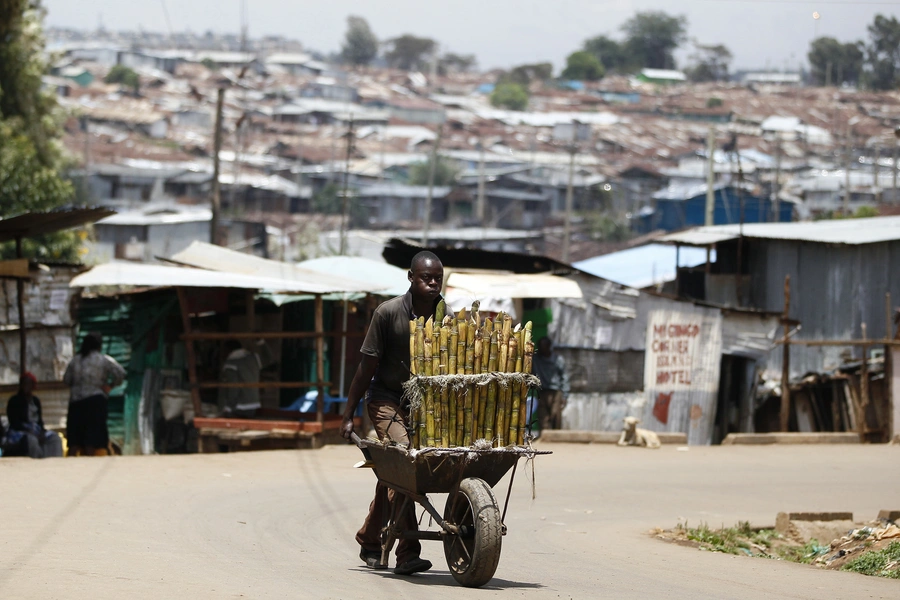Africa's Rapid Urban Population Growth Is Problematic, but Can Be Managed

A “demographic dividend,” economic growth potential brought on by a growing working-age population, together with rapid urbanization will accelerate economic development, or so the “Africa rising” narrative goes. However, given Africa’s lack of basic infrastructure, ranging from roads to hospitals to schools, both propositions are dubious. Stephen Commins of the Africa Center for Strategic Studies recently authored a highly useful report explaining the challenges of population growth and urbanization in Africa. But his report also points to specific instances in which policies have successfully overcome these challenges and advanced economic development and social cohesion in urban areas with ballooning populations.
Commins points to how the rapid growth of urban slums is creating a new source of fragility for African governments. The statistics are startling. In South Sudan, more than 90 percent of the urban population lives in slums, and the percentage is almost as high in the Central African Republic. As for urban growth rates in specific cities, Nigeria’s capital, Abuja, will have grown by almost 700 percent between 1995 and 2025, more than any other major African city, though it is worth noting that Abuja did not become Nigeria’s capital until 1991. But even in long-established Lusaka, the population will have grown almost 300 percent.
More on:
Weak governments unable to resolve conflicts over urban land or provide services have sown the seeds of a growing mistrust of government authority. Commins’s bottom line: “Central to the connections between insecurity and political fragility in cities is the interplay of unplanned growth, low levels of trust in security sector institutions, the youth bulge (with pressures on livelihoods and public spaces) and the emergence of ungoverned spaces (i.e. controlled by non-state actors, including criminal networks).” His report shows how the concept of “ungoverned spaces,” generally applied to rural areas, is also relevant in densely-populated urban areas.
Commins supplements the earlier discussion by describing a variety of successful policy initiatives in cities such as Treichville (Abidjan), Johannesburg, Lagos, Yaounde, and Monrovia. The initiatives are not one-size-fits-all fixes—each reflects specific and local needs and concerns—but if a common theme does exist, it is that competent governance can overcome and even harness explosive urban growth.
More on:
 Online Store
Online Store